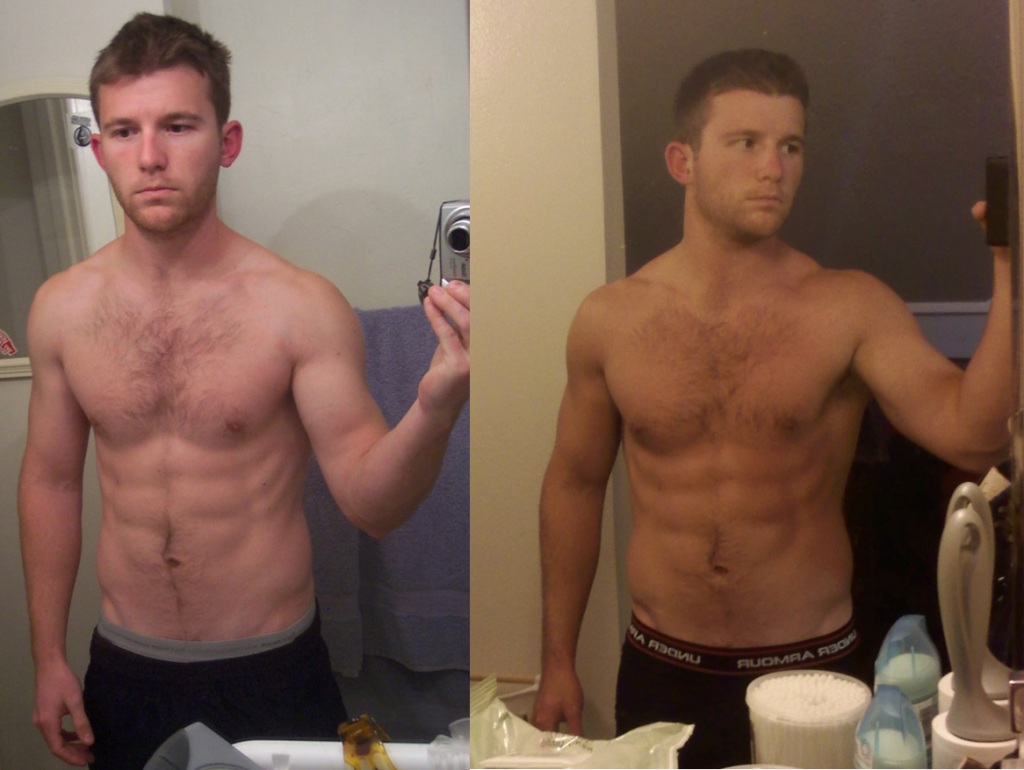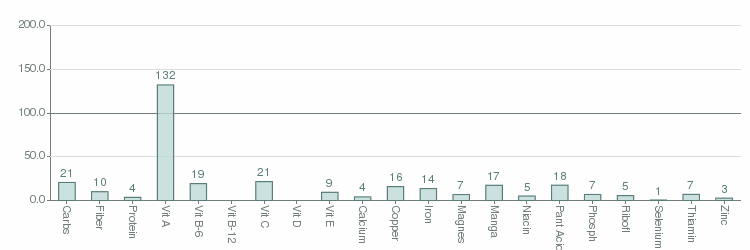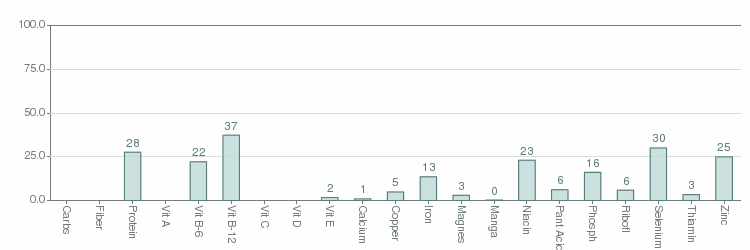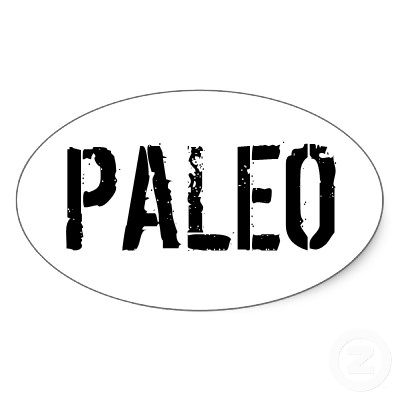My CrossFit Trial: Personal Impressions
My latest endeavor is a 10-week CrossFit trial, which I’m about 10 weeks through. This post is about what I’ve been doing and what it has done for me. In a few weeks, I’ll have a post detailing what I think about CrossFit in general. These are my personal impressions, my next post on the subject will be about CrossFit methodologies and practices on a broader scale.
My schedule has been three workouts per week (MWF mornings), and I follow the programming designed by the head trainer of the box I attend. In preparation, I spent the spring on a dedicated strength program, then mixed in more high-intensity work over the summer.
The first lesson I learned is that I had no idea what high-intensity really means. Daunting workouts with a screaming trainer got me seeing “the white buffalo in the sky” like never before.
The first two weeks or so, the workouts were nearly impossible, and I was ravenously hungry outside of the gym. Then, almost like a switch was flipped, the workouts got easier (still hard, but they seemed more manageable), and I had no appetite at all for weeks three and four. I had to force down meals, even smoothies, and I was hot just about all the time. During this period, I went from about 10% BF to about 9%BF – pretty impressive and unexpected. Since then, my body fat has pretty much come back to where it was (which is fine with me, honestly).
I attribute these changes after the first two weeks to increased mitochondrial fat adaptation. Whether I developed greater mitochondrial density, or they just got more efficient – I don’t know, or care. I’m impressed with the change though, because I had already been eating paleo, exercising regularly, and fasting frequently for over a year. I guess there is something fairly magical about working really, really hard.
*UPDATE*
Somehow I neglected to mention the great increase I’ve seen in capacity due to my CrossFit training. I measure my capacity with sprint repeats. I run as far as I can for 10 seconds, then rest for 60. When my distance drops below 90% of my max for the session, I call it a day. Comparing a test last week with my last test before starting CrossFit, my capacity (measured in number of sprints completed) has increased about 62%. Pretty impressive.
*END UPDATE*
Below is a before and after pic, though I misplaced my camera in the spring. So the before pic is from April (instead of September, I was leaner and more muscled by September), and the after pic is low res/generally crappy. So it is basically useless, but I feel like a post of this nature needs a picture.

This before and after pic shows nothing but a tan. Maybe some shoulder development.
I have also gained some skills I didn’t possess going in. My bar muscle-ups are much stronger, and my handstands have improved immensely, especially considering how little specific work I’ve put in. I had basically never done any olympic lifting, and now I feel comfortable with all the major lifts. The trainers have even helped me improve my form on lifts I thought I had down pat; they have helped me engage my lats and keep my head neutral on the deadlift, and I can get deeper in the squat without a butt wink through improved thoracic mobility (h/t to KStar as well).
I have really enjoyed the experience, but in the interest of balance, it’s not all great news.
I feel like I am in a constant state of recovery. Despite being dedicated to recovery (described in detail below), I feel like I’m only really at 100% for the hour between waking and training on Monday mornings. This brings up serious questions in my mind about the benefits of CrossFit for general physical preparedness (GPP), which I’ll discuss in my next installment.
My strength has dropped a bit (i.e. 1RM deadlift down from 400# to 330#), as I expected going in. I could probably keep it up if I dropped to two CF workouts per week plus a pure strength session.
I have some shoulder issues (separated each shoulder playing hockey), and despite my best efforts to protect and maintain my shoulder health, I fear they are a little worse for the wear. I never do sumo deadlift high pulls (my one deviation from the workout prescriptions) or kipping pullups, and I work my shoulders with mobwods and lacrosse balls constantly. Still, my shoulders now each click in two places on full rotation, and are often knotted and nasty.
It got a little better as time progressed, but I found it pretty stressful to not be doing my own programming. That combined with not knowing what the workout entailed until 30 min before it started really gave me fits. It’s a little paralyzing to not know what you can/should do today because you don’t know what tomorrow’s training will be.
These complaints are by no means a serious indictment of CrossFit – that will come in the next post. 🙂
My Protocol
As mentioned above, I trained MWF 8am.
As has become my custom (thanks Leangains!) I go into my workouts fasted with 10g BCAAs. Most days I trained on about 14 hrs of fasting.
Immediately after my workout, it’s time for food and cold therapy. On days where most of the work has been lower body, it’s 50lbs of ice in the tub. On more upper body days, I go up to the neck in our pool (it’s insanely cold – I’d guess under 45F). Wherever I soak, it’s for 25-30 minutes, during which I eat the first two servings of my post workout meal:
Smoothie: whey, strawberries, banana, creatine, store-brand emergenC
Entree: 1 lb of chicken cooked dry
Dessert: either 1 lb of sweet potato mixed with applesauce and whey or a few bowls of store-brand (white) rice chex with raw milk or colostrum. Not the most “Paleo” meal, but it’s gluten-free, and makes ~2000 cals in one sitting pretty palatable. The giant PWO meal is a huge help with recovery.
I hit the rumble roller hard on afternoons, typically adding in a MobWod or two for what’s tight.
Outside of the PWO meal, I typically eat two large meals a day, super clean paleo. I pretty much just eat beef, sweet potatoes, eggs, liver, bone marrow, pork, coconut oil, and cheese, totaling about 3000 cals/day.
Supplements are pretty basic: 5k iu VitD, 1 tbsp CLO, 8g creatine, and 450mg Mg-Malate with 35g Zn a half hour before bed. Min 8 hrs sleep, 9-10 most nights.
The Bottom Line
All in all, I’ve enjoyed it a lot, but I don’t think I’ll join a box again any time soon. I’ll definitely be implementing high-intensity workouts (now that I know how intense that really can be), but they’ll be less frequent, and I’ll do the programming myself. I’ll probably even throw down some classic CrossFit benchmarks (the girls) on occassion. I’ll miss the trainer’s guidance/encouragement, and the group warmups.
4 comments November 28, 2011
If We Have to Tax Food…
We don’t. It’s not a good idea, but bear with me here.
Michael Pollan was on Colbert the other night, where he stated that he supports a soda tax. While I don’t think anyone should drink soda ever (it’s not people food), I’m not a fan of taxing food, for a few reasons.
First and foremost, I don’t think the government should have any influence over what we eat. They already do, and it’s a disaster. Farm subsidies are no one’s friend (save Cargill, PepsiCo, etc.), the USDA MyPlate recommendations are not based on science, and food laws have resulted in disgusting abuses of power.
Second, if we tax soda, food that I like (think saturated fat) is not far behind. We all know that in drafting legislation, money is power – corporate lobbyists wield the heaviest swords. In food, the powerful lobbies represent the wealthy companies, those who turn big profits with value-added food products. In short, we’d end up with taxes that favor processed foods.
Saturated fat is an easy target because these companies can easily work it out of their products (think fat-free muffins), while real foods like meat and eggs are stuck with the tax. Bad news bears.
So, yea, taxing food is a bad idea. As a thought exercise, let’s try to come up with a food tax that we could get behind.
As so eloquently put by Sean Croxton (I’m still jealous), the key to health is Just Eat Real Food, or JERF. So let’s tax the fake food.
As we’ve seen above, the makers of value-added food products are the ones with the power here, so a “processed-food tax” would never get passed.
If it did, it would be a great lesson to shoppers about what “real food” means. Also, it would be convenient for grocery stores – they could just have the aisles in the center of the store be the “Tax Zone”.
Again, I don’t want to tax food. Don’t go around saying I want to tax food. Just go around the outside of the grocery store and buy the real food. Warning: no value has been added to this real food.
November 9, 2011
Let’s Stop Saying Potatoes Are Nutrient-Poor
Courtesy of Fitday, nutrient breakdowns of about 150 cals by % of RDA for 2000 cal diet (click to enlarge):
Of course, advocates of safe starch are not recommending replacing steak with potatoes. More like as a replacement of gratuitous coconut oil, bacon grease, walnuts I guess – the possibilities are many.
Oh and as Don and Stephan (1, 2, 3) (and the Kitavans, by some accounts) showed, one can live on safe starches.
For the record – I eat lots of steak and lots of sweet potatoes.
***************************************
You may also like my latest thoughts on nutrition.
***************************************
October 12, 2011
“Eat This, Not That” Redux
I have outlined my nutritional guidelines before, but as more research is published and the picture of how diet affects health becomes clearer, we have to evolve. If we don’t change with the science, our theories are more product of ego than thought.
Most of my thoughts are still the same, so you’ll notice some obvious carryover from that last post.
Also, this time around, I’m going to speak to what I believe to be some important lifestyle factors. Maybe I should title this post “Live Like This, Not Like That.” That just seems too dogmatic.
First I’ll lay out what I think are the big ones, then common ways to mess it up, and finally an appendix of supporting detail.
September 30, 2011
Food Reward vs. Carbohydrate: Hypotheses of Obesity
As you’ve likely seen from my recent(ish) posts, I’ve been really interested in food-reward lately. Stephan from Whole Health Source has brought paleosphere attention to the Food Reward Hypothesis of Obesity (FRHO), which seems to have irked at least one fan (Gary Taubes) of the Carbohydrate Hypothesis of Obesity (CHO).
September 9, 2011






What’s Being Said